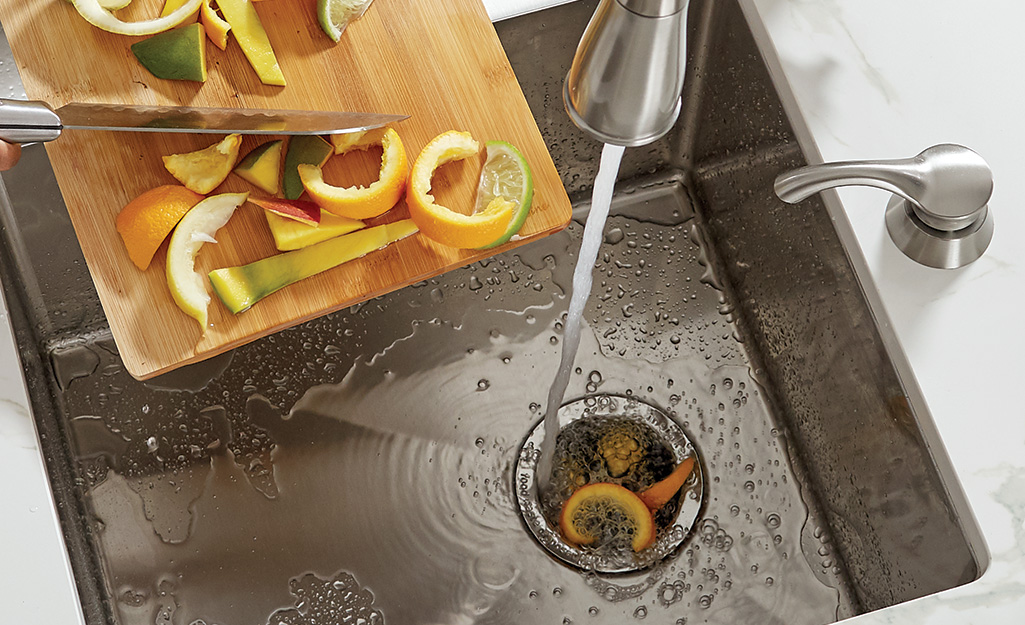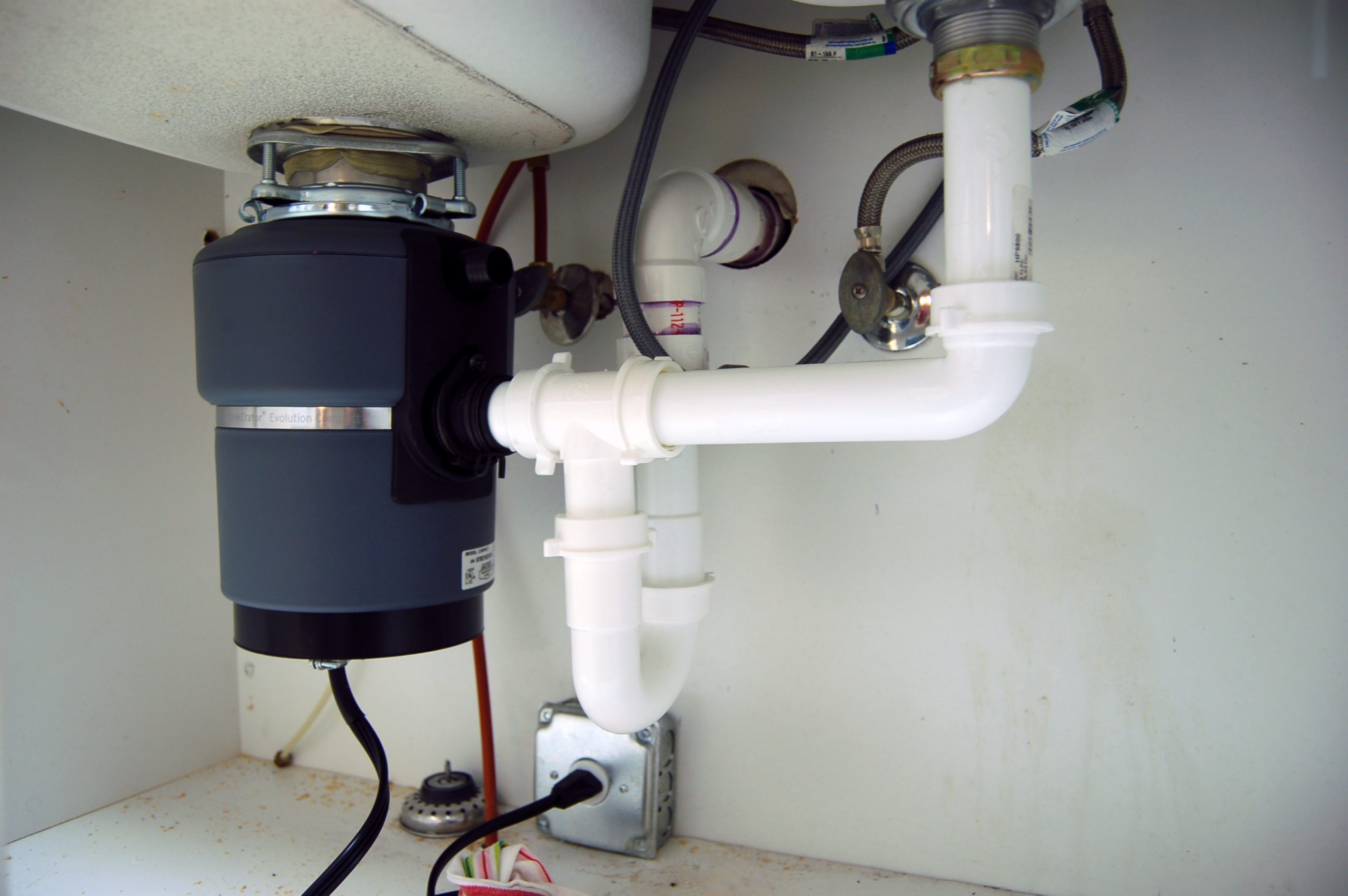Your Guide to Resolving a Leak in Your Garbage Disposal
Your Guide to Resolving a Leak in Your Garbage Disposal
Blog Article
In this article in the next paragraph you will discover some brilliant resources about Tips on Fixing a Leaking Garbage Disposal.

Garbage disposals are vital kitchen area home appliances that assist in taking care of food waste effectively. However, a leaking waste disposal unit can be an aggravating and unpleasant issue to deal with. Luckily, lots of leaks can be dealt with quickly with a few straightforward steps. In this article, we will certainly discuss exactly how to deal with a dripping garbage disposal efficiently.
Intro
Waste disposal unit are installed under kitchen area sinks and are made to shred food waste into smaller sized pieces, enabling it to travel through the plumbing system quickly. While these gadgets are typically trustworthy, leakages can take place in time because of deterioration, loosened connections, or damages to the device.
Typical Reasons For Leakages in Trash Disposals
Worn Seals and Gaskets
Seals and gaskets play a vital role in protecting against water from dripping out of the garbage disposal. Gradually, these components can deteriorate, leading to leaks around the disposal system.
Loose Links
The connections in between the garbage disposal and the pipes system can end up being loose with time, triggering water to leak out throughout procedure.
Fractures or Openings in the Disposal Device
Physical damage to the waste disposal unit, such as cracks or openings in the real estate, can also lead to leaks.
Identifying the Resource of the Leak
Prior to attempting to deal with a leaking waste disposal unit, it is important to determine the resource of the leakage. This can typically be done via aesthetic assessment or by carrying out simple examinations.
Visual Examination
Evaluate the waste disposal unit system thoroughly for any indicators of water leakage. Pay close attention to locations around seals, gaskets, and link factors.
Testing for Leakages
One means to check for leaks is by running water through the disposal device and checking for any type of noticeable signs of leak.
Tools and Products Needed for Taking Care Of a Dripping Waste Disposal Unit
Before beginning the fixing process, gather the essential tools and materials, including a screwdriver, flexible wrench, plumbing's putty, replacement seals or gaskets, and epoxy or patching material for repairing cracks or holes.
Step-by-Step Overview to Dealing With a Leaking Garbage Disposal
Turn Off the Power
Before attempting any repair work, make sure that the power to the garbage disposal system is shut off to prevent the risk of electrical shock.
Find the Leak
Identify the specific place of the leak and identify the reason.
Tighten up Links
Utilize a wrench to tighten any loosened links in between the disposal device and the pipes system.
Change Seals or Gaskets
If the leakage is because of used seals or gaskets, eliminate the old elements and replace them with brand-new ones.
Patching Splits or Openings
For splits or holes in the disposal device, use epoxy or a suitable patching product to secure the damaged area.
Examining the Waste Disposal Unit After Repair
Once the repair service is total, examine the waste disposal unit by running water with it to ensure that the leak has been solved.
Preventive Upkeep Tips to Prevent Future Leakages
To avoid future leaks, it is necessary to execute regular upkeep on your garbage disposal. This includes keeping it tidy, avoiding placing non-food things or tough things down the disposal, and periodically checking for leaks or other problems.
Verdict
In conclusion, taking care of a dripping garbage disposal is a relatively simple process that can be finished with fundamental devices and products. By complying with the actions laid out in this write-up and practicing preventive maintenance, you can keep your waste disposal unit in good working condition and avoid pricey fixings in the future.
What to Do About a Leaking Garbage Disposal
A leaking garbage disposal often goes unnoticed until you confront a sopping cabinet, a foul-smelling puddle, or an audible drip-drip-drip from the unit. The fix can be frustrating, too, because the leak can stem from a number of components in the system. Fortunately, with a little sleuthing, you can zero in on the leak and—depending on the exact location—stop the icky oozing and repair the component that caused it. Worst case scenario, if it turns out that the garbage disposal must be replaced, installing a new one is a reasonable do-it-yourself task for those with basic plumbing skills. Read on to keep the cash you’d otherwise hand over to a pro.
Prepare to find the leak
Prior to testing the garbage disposal for leaks, unplug it at the wall outlet and turn off the power from the breaker box to prevent electrical shock. Then insert a watertight sink stopper into your sink drain and wipe the unit dry with a clean cloth. In any handy container, mix a few drops of food coloring into a few cups of water, and pour the dyed water onto the sink stopper to help you locate the leak.
Investigate the source
the top, where the disposal meets the sink drain the side, where the dishwasher hose or main drain pipe connects to the disposal or the bottom of the unit Inspect each of these locations while gliding a light-colored rag over the unit; the dyed water will readily show on the rag and reveal the location of the leak. If a leak isn’t immediately apparent, remove the sink stopper and pour a few more cups of dyed water down the sink drain, then check for leaks again. Leaks near the top of the unit are more likely to show themselves while the sink is plugged, while side and bottom leaks are more noticeable while the sink is unplugged.
The metal sink flange that sits directly inside the sink drain is typically sealed around the top with plumber’s putty (a clay-like sealant) and then secured from under the sink with bolts. If the plumber’s putty deteriorates, or the bolts loosen, the flange can no longer form a watertight seal between the sink drain and the disposal—which could cause a leak at the top of the unit.
To reseal the leaky flange, you must first detach the garbage disposal. Start by loosening the screws securing the main drain pipe to the disposal, then loosen the screws in the metal clamp securing the dishwasher hose to the disposal and detach the drain pipe and dishwasher hose from the disposal. Loosen the screws in the mounting ring that connects the disposal to the metal mounting assembly beneath the sink, then pull down the disposal and carefully set it on a clean, dry surface. Loosen the bolts in the mounting assembly with a wrench, then pull down the mounting assembly and set it near the disposal.

As a serious reader about The Handy Guide To Fixing Your Garbage Disposal Leaking, I figured sharing that post was important. Appreciated our piece? Please share it. Help somebody else discover it. Thank you for your time. Visit again soon.
Book-Now Report this page